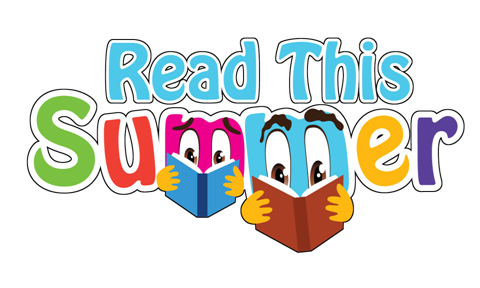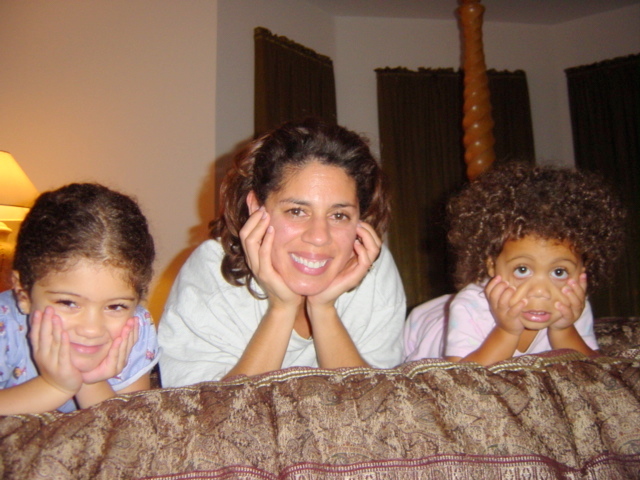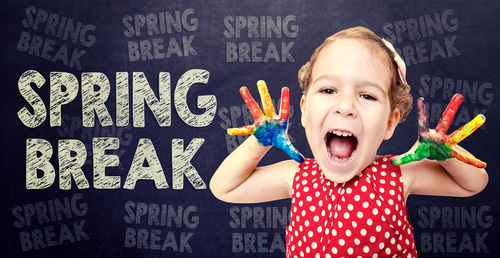Have you ever read a book so many times that you can’t seem to get the words out of your head?
“A told B, and B told C, I’ll meet you at the top of the coconut tree…”
How many of you know this book? Better yet, how many of you know which line comes next?
If you answered Chicka Chicka Boom Boom by Bill Martin, Jr. and ‘“Whee!” said D to E F G, “I’ll beat you to the top of the coconut tree,”’ then you know exactly what I’m talking about.
You’ve been there!
I can’t begin to tell you how many times we’ve read Chicka Chicka Boom Boom…day after day after day…multiple times a day! This is just one of those books that kids love.
Why?
Because it rhymes!
For decades, researchers have conducted studies on the importance of rhyme in the educational development of children. Such research became more prevalent after Dr. Usha Goswami, Director of the Centre for Neuroscience in Education in Cambridge, penned her findings with Dr. Peter Bryant in 1990. Their book, Phonological Skills and Learning to Read, focuses on the way children develop their reading skills and its findings have become a catalyst for continuing research.
Goswami and Bryant (1990) examine the role rhymes play on phonemic awareness, or one’s ability to recognize that words are made up of individual sounds. Their research demonstrates that rhymes enable children to more easily recognize the common sounds and patterns that is characteristic of rhyming words. Upon making this connection, word families, such as sat, hat, and bat are easier to distinguish.
Building upon that research, further evidence suggests that the number of rhymes a child knows by the age of three, directly affects her reading ability (Maclean, Bryant, and Bradley, 1987). By recognizing patterns and repetitive spelling sequences found in rhyme, one is able to understand the connection between rhyme and spelling. Words that share common sounds, usually also share common letter sequences. If a child recognizes that set and met rhyme, it is easier for him to read and spell words like bet and jet because of their similar phonetical makeup.
While there are additional factors involved in the educational development of children, study after study indicates the importance of rhyme. In addition to promoting phonemic awareness, enhancing vocabulary, and improving spelling, rhymes aid in improving oral language, listening, and memorizing skills.
So, the next time your child asks you to read Chicka Chicka Boom Boom or another rhyming book for the 100th time, do it and be assured that the constant repetition is benefiting your child!
Now repeat after me, “A is out of bed, and this is what he said, “Dare double dare, you can’t catch me. I’ll beat you to the top of the coconut tree. Chicka chicka BOOM! BOOM!”
What are your thoughts on reading and rhyming? Does your child have a favorite book that he or she requests to read over and over?
References:
Goswami, U., & Bryant, P. (1990). Phonological Skills and Learning to Read. East Sussex: Earlbaum
Maclean, M., Bryant, P. and Bradley, L. (1987). Rhymes, Nursery Rhymes, and Reading in Early Childhood. Merrill-Palmer Quarterly, 33, 255-282.












Get Social